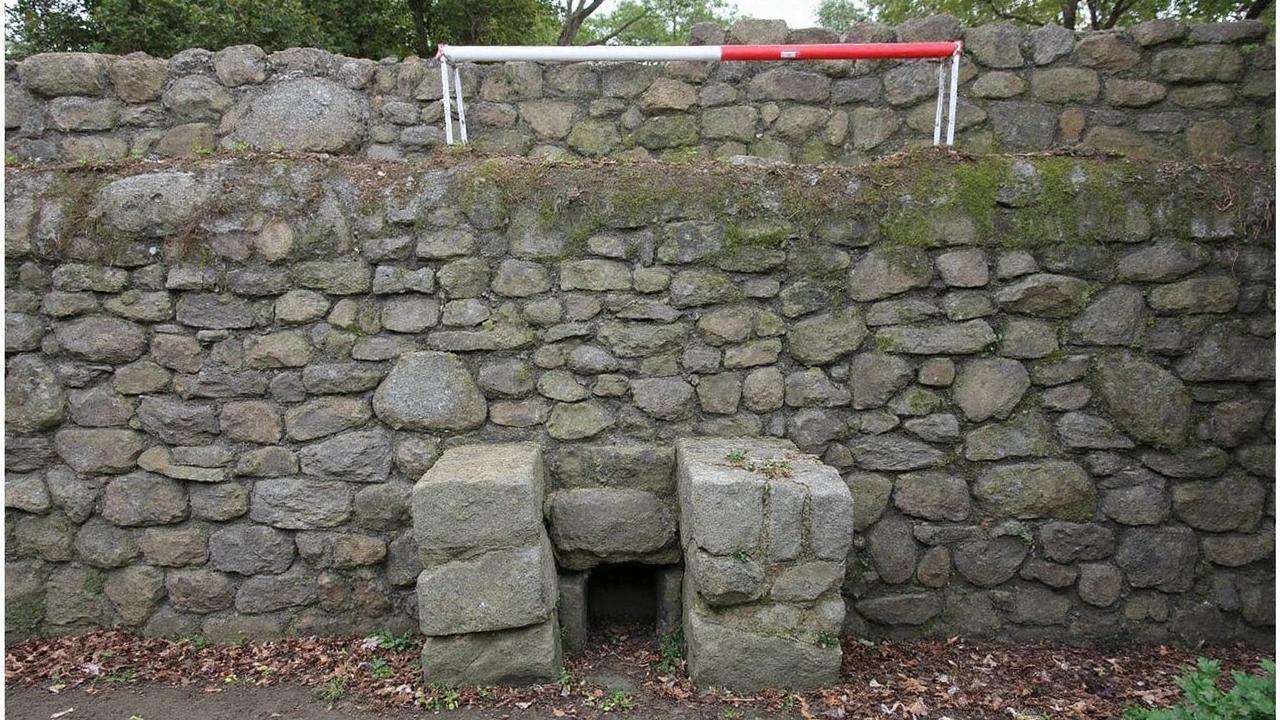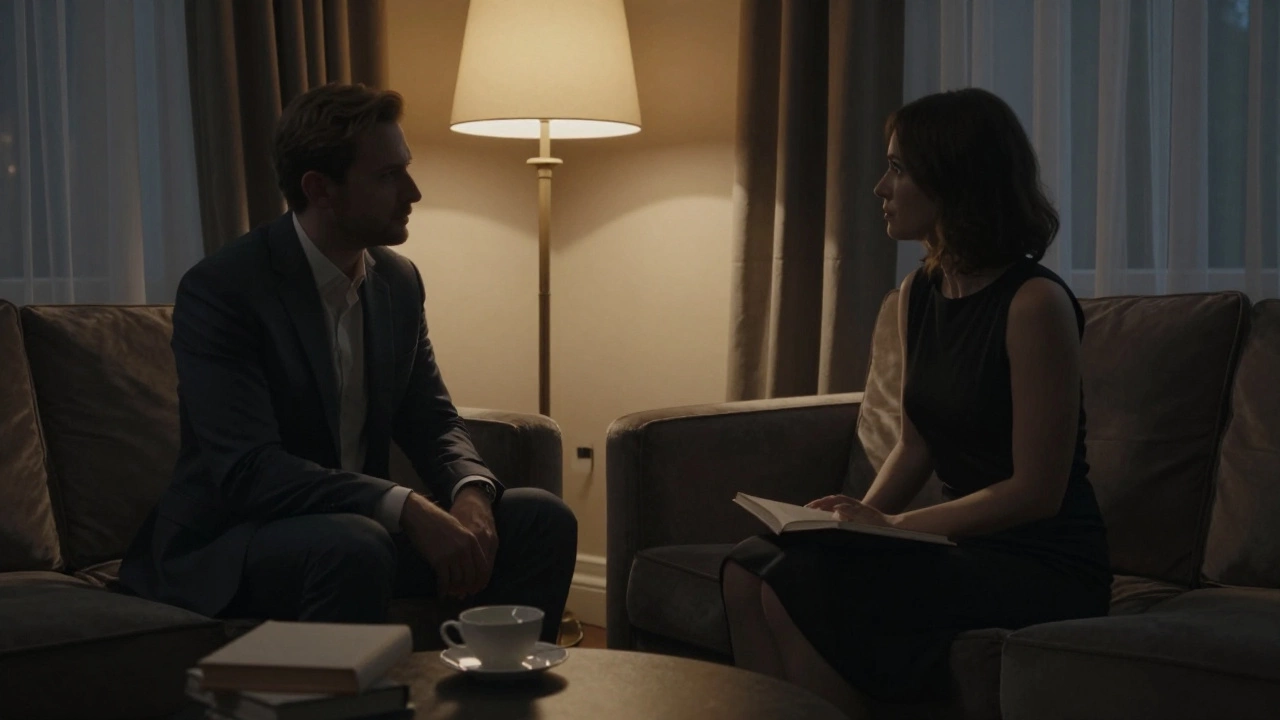A toilet solves a royal mystery
A thousand-year-old mystery just got cracked by something most people flush and forget. Archaeologists say they’ve found the site of King Harold Godwinson’s residence in Bosham, West Sussex, and the clincher wasn’t a crown or a jewel—it was a toilet. An 11th-century latrine, tucked inside a large timber building beneath a modern house, turned out to be the telltale marker of a royal hall. That’s the place shown in the Bayeux Tapestry, where Harold feasts with his men before setting sail for Normandy.
The research, published in The Antiquaries Journal, comes from a team at Newcastle University and the University of Exeter. They went back over evidence from a 2006 excavation, then layered on fresh, non-invasive surveys of the property and garden. What they found was a pair of medieval buildings: one folded into the current house, the other sitting out in the garden. Together, they map onto a high-status complex that once anchored power on this slice of the West Sussex coast.
Here’s what the team documented on the ground and in the records:
- A large timber hall with an integrated latrine—an elite feature in late Anglo-Saxon England.
- Two medieval buildings: one embedded in the modern structure, another in the garden area.
- A surviving church nearby, matching the complex shown in the tapestry’s scenes of Bosham.
- Material and layout consistent with a royal residence, not a standard manor or farm.
- Convergence between old excavation notes, new surveys, and the tapestry’s narrative.
Dr. Duncan Wright, the study’s lead author and a Senior Lecturer in Medieval Archaeology at Newcastle University, didn’t bury the lede. “A latrine was the killer clue to find what was, essentially, the palace of King Harold,” he said. “That was surprising, but an en-suite bathroom would have been found only among the highest elites.”
That detail matters. Over the past decade, archaeologists have been tracking a pattern: from the 10th century, top-tier English households began adding private toilet facilities. Most places didn’t have them. If you find one inside a timber hall, you’re not looking at a middle-of-the-road estate. You’re looking at someone at the top of the social ladder.
It all lines up with the tapestry. The famous embroidery—70 meters long and packed with scenes from 1066—shows Bosham twice. First, as the setting for a rich feast in Harold’s hall. Then, as the launch point where he takes ship for Normandy. The new work in Bosham is the first time the residence from those scenes has been nailed down on the actual landscape, rather than guessed at from text and tradition.
Oliver Creighton, co-author of the study and a professor in Exeter’s Department of Archaeology and History, underscored why this site is rare. “The Norman Conquest saw a new ruling class supplant an English aristocracy that has left little in the way of physical remains,” he said. “This makes the discovery at Bosham hugely significant—we have found an Anglo-Saxon show-home.”
Why “show-home”? Because the complex wasn’t just a big house. It was designed to be seen, and to send a message. The hall, the church, the formal layout—these weren’t private touches. They told visitors who held power here and how that power was exercised. In an era when writing was limited and most authority was face-to-face, architecture did a lot of talking.
From tapestry to trench: how scholars tied it together
For years, historians believed Harold’s residence was somewhere in Bosham. The tapestry seemed clear enough. But maps and memories can trick you, and the exact spot never lined up with hard evidence. The 2006 dig produced interesting clues but stopped short. The new study took those clues, added careful surveys of the standing building and garden, and stitched the data into a single picture.
That picture shows a large timber hall with a built-in latrine—unusual for the period, and a marker of high status. The team also confirmed traces of another medieval structure in the garden. Put the two together with the still-standing church close by, and you get a complex that looks like a royal seat: a place for hosting feasts, settling disputes, and running local affairs, with sacred space alongside the secular.
The fact the residence sits under a modern home adds a twist. It means the Anglo-Saxon footprint survived just enough under later building work to be read by people who know what to look for. That’s often how early medieval sites come back into focus—through careful re-reading of old trenches, modest test pits, and surveys that map what lies beneath without tearing it up.
Context matters here. Harold Godwinson—Harold II—ruled England for just nine months in 1066 before dying at the Battle of Hastings. His death ended Anglo-Saxon rule and opened the door to William the Conqueror. The new Norman elite built stone castles, reshaped landholding, and rewrote the social order. In that upheaval, the physical traces of the old English aristocracy were often flattened, reused, or forgotten.
That’s why a latrine can carry so much weight. On paper, Harold’s stature is obvious—he’s a central figure in English history. In the ground, his world is harder to see. Finds like this connect the text to the timber. They pin the story to a place. And they give researchers a base for asking better questions: How were these halls laid out? Who worked and lived here? How did such sites evolve once the Normans took over?
The Bosham complex helps with another puzzle too: continuity. We often think of 1066 as a clean break. It wasn’t. Power shifted fast, but buildings, habits, and local networks didn’t vanish overnight. The presence of a royal hall and a church side by side, then and now, shows how some elements carried through—even as new lords arrived and new stone keeps rose across the landscape.
The study also nudges the way scholars read the tapestry itself. The embroidery is often treated as propaganda—a Norman take on events—but it’s packed with real places, real faces, and real objects. When you can match a panel to a site like Bosham, the tapestry turns from a story into a map. It becomes a field guide for archaeology, not just a narrative ribbon in a museum case.
There’s a practical side, too. The site sits beneath a lived-in property. Any further work will have to be careful and non-invasive, with the homeowners’ lives in mind. Expect more targeted surveys, more analysis of building fabric, and maybe small, precise interventions rather than big trenches. The goal isn’t to strip the site. It’s to read it, room by room, layer by layer, and tie it to the wider story of late Anglo-Saxon power.
The find also gives a rare look at elite comfort in the 11th century. En-suite latrines were not common. Their construction took planning, labor, and upkeep. They signaled privacy, status, and a different relationship to domestic space. In a hall where public life dominated, a built-in toilet marked out a private zone for the highest-ranked. It’s a quiet but telling line between the few and the many.
For Bosham, it reshapes local memory. The village has long been linked to Harold, and the church still standing today anchors that tradition. Now there’s material proof that the hall from the tapestry scenes wasn’t just nearby—it was right here, under modern floors and lawns. That knowledge changes how the community reads its own streets and fields.
For medievalists, the site gives a clean case study. It shows how to work with partial digs, later building overprints, and medieval images that mix message with detail. It shows why re-examining old data matters. And it sets a template for other puzzle sites tied to famous texts—start with what you have, survey widely, and treat every small clue, even a toilet, as a possible key.
The team’s language reflects that measured confidence. They stop short of grand claims but point to a strong convergence: a high-status timber hall with an integrated latrine, a companion building, a surviving church, and a perfect fit with the scenes in the tapestry. In archaeology, that kind of stack—features, layout, and narrative in sync—doesn’t happen by accident.
And it adds texture to 1066 beyond the battlefield. The year wasn’t just banners and arrows. It was kitchens, benches, doorways, and yes, latrines. Finding Harold’s residence reminds us that even at the top, rule was a daily grind of hosting, deciding, praying, and planning. The big turn in English history ran through places like this hall in Bosham, where power was fed, displayed, and made real.
As the work continues, expect more clarity on the layout of the complex, its building phases, and how it changed after the conquest. Expect, too, a tighter link between the tapestry’s Bosham and the one on the ground. With the residence located, the map of late Anglo-Saxon authority gains a new point—small on a satellite image, huge in what it tells us about the last English king and the world he briefly ruled.




